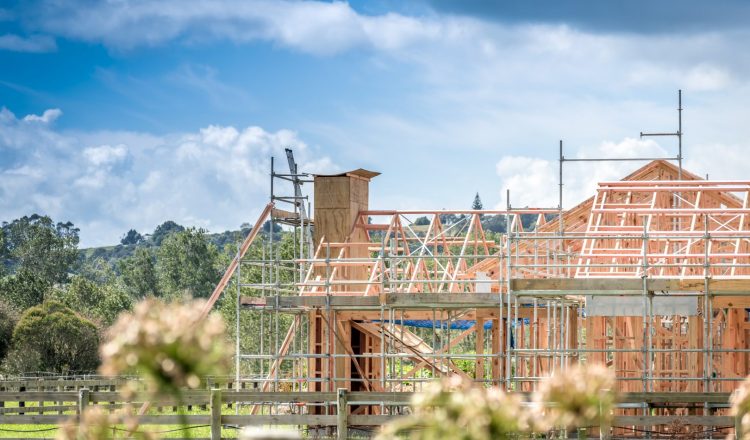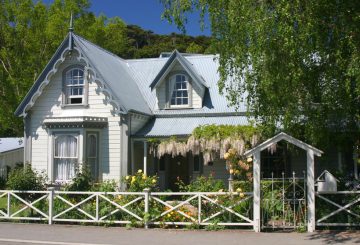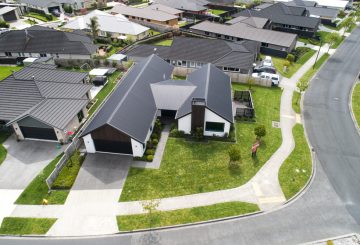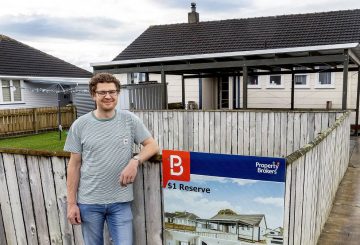プロジェクト数では、GJガードナー、シグネチャー・ホームズ、ゴールデン・ホームズ、ジェニアン、マイク・グリアなどのフランチャイズ企業が先導しています。
しかし、昨年は居住許可申請件数が 9.1% 減少し、45,962件に減少しました。この減少にもかかわらず、パンデミック時の低金利により、かなりの量の仕事が残されています。
この調査では、2023年3月までに完了したプロジェクトの 86.7%、計画中の 13.3% という国の上位200社の建設業者を分析しました。これらの建設業者の総建設額は325億ドルで、前年から 9% 増加しました。
パシフェコンは建設段階で1,990件のプロジェクトを記録し、その額は41億ドルでした。ニュージーランドの建設パイプラインには全体で20,884件のプロジェクトがあり、総額は3,540億ドルに上ります。
建設費が安定しつつあることを示す兆候が見られます。コーデルの建設コスト指数は、3 月に終了する四半期の年間成長率が 8.5% で、前回の最高値である 10.5% から低下したと報告しています。
CoreLogicのチーフ・プロパティ・エコノミストであるケルビン・デイビッドソン氏は、新築住宅の同意件数の減少が需要圧力を緩和していると考えている。彼は、資材の入手可能性が向上し、木材などの価格が安定したと語っています。しかし、サイクロン「ガブリエル」の余波により、将来的には建設費が増加する可能性がある
。






























































